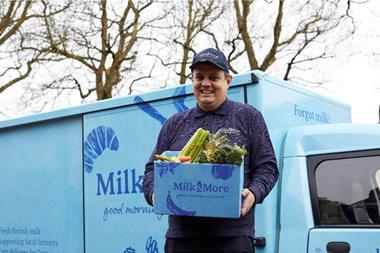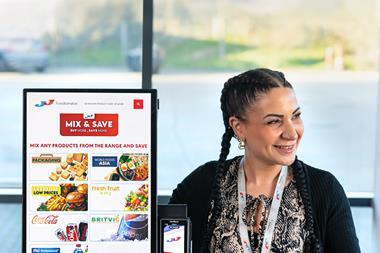A rhubarb shortage is looming because the bulk of UK supplies won't be pulled until after Christmas.
Yorkshire's forced rhubarb crop represents the main UK source and is running late, according to one of the largest growers, David Westwood.
"For the second season in a row, the delay is the result of the warm autumn and winter," he said.
The industry works out the season's progress by calculating the number of cold units to which the crop has been exposed. A cold unit represents each degree below zero in the day's lowest temperature.
The main crop doesn't emerge from dormancy until it has been through about 200 cold units, but the warm winter means it has only been exposed to about 160 units. The vegetable is grown in the dark and harvested by candlelight to retain its delicate pink colour.
But supermarket shelves aren't completely bare. Westwood has been one of the few suppliers to start harvesting this week. He resorted to using gibberelic acid - a natural hormone treatment that breaks the plant's cycle. Despite the slow start, he is confident about the coming season.
"There has been a resurgence in interest among the public, resulting in good rhubarb sales last year, and we expect this to continue," he said.
But overall availability is poor, according to other trade sources. There are now probably only half a dozen major growers in the famous Wakefield Triangle - regarded as the heart of the English industry. In the Netherlands, which has traditionally supplied the UK in early autumn, there has been a reduction in growers.
In November, supplies were so tight that rhubarb had to be flown in from New Zealand, according to Peter Atkins, crop manager for growers and category manager at Barfoots.
Yorkshire's forced rhubarb crop represents the main UK source and is running late, according to one of the largest growers, David Westwood.
"For the second season in a row, the delay is the result of the warm autumn and winter," he said.
The industry works out the season's progress by calculating the number of cold units to which the crop has been exposed. A cold unit represents each degree below zero in the day's lowest temperature.
The main crop doesn't emerge from dormancy until it has been through about 200 cold units, but the warm winter means it has only been exposed to about 160 units. The vegetable is grown in the dark and harvested by candlelight to retain its delicate pink colour.
But supermarket shelves aren't completely bare. Westwood has been one of the few suppliers to start harvesting this week. He resorted to using gibberelic acid - a natural hormone treatment that breaks the plant's cycle. Despite the slow start, he is confident about the coming season.
"There has been a resurgence in interest among the public, resulting in good rhubarb sales last year, and we expect this to continue," he said.
But overall availability is poor, according to other trade sources. There are now probably only half a dozen major growers in the famous Wakefield Triangle - regarded as the heart of the English industry. In the Netherlands, which has traditionally supplied the UK in early autumn, there has been a reduction in growers.
In November, supplies were so tight that rhubarb had to be flown in from New Zealand, according to Peter Atkins, crop manager for growers and category manager at Barfoots.


















No comments yet